My approach to this problem is as follows:
- Use Hough transform to identify circles corresponding to the Petri dish.
- Global thresholding with Otsu's method, restricted to the dish.
- Count colonies as the regional maxima of the original image, which are represented in the segmented image.
This file exchange toolbox provides us with a working circular Hough transform. Things are pretty straightforward from there:
function [count,colonies,bw] = colony_count(I)
I = rgb2gray(im2double(I)); %# Color-to-gray conversion.
[m,n] = size(I);
%# Uncomment this if you have might have some images with light background
%# and dark colonies. It will invert any that seem that way.
%#if graythresh(I) < 0.5
%# I = imcomplement(I);
%#end
bw = I > graythresh(I); %# Otsu's method.
radii = 115:1:130; %# Approx. size of plate, narrower range = faster.
h = circle_hough(bw,radii,'same','normalise'); %# Circular HT.
peaks = circle_houghpeaks(h, radii, 'npeaks', 10); %# Pick top 10 circles.
roi = true(m,n);
for peak = peaks
[x, y] = circlepoints(peak(3)); %# Points on the circle of this radius.
x = x + peak(1); %# Translate the circle appropriately.
y = y + peak(2);
roi = roi & poly2mask(x,y,m,n); %# Cumulative union of all circles.
end
%# Restrict segmentation to dish. The erosion is to make sure no dish pixels
%# are included in the segmentation.
bw = bw & bwmorph(roi,'erode');
%# Colonies are merged in the segmented image. Observing that colonies are
%# quite bright, we can find a single point per colony by as the regional
%# maxima (the brightest points in the image) which occur in the segmentation.
colonies = imregionalmax(I) & bw;
%# Component labeling with 4-connectivity to avoid merging adjacent colonies.
bwcc = bwconncomp(colonies,4);
count = bwcc.NumObjects;
We use this code like this:
I = imread('https://i.stack.imgur.com/TiLS3.jpg');
[count,colonies,mask] = colony_count(I);
I have also uploaded the colony_count function on the file exchange. If you have an image which doesn't work but you think should, leave a comment there.
The count is 359, which I'd say is pretty close. You can inspect the segmentation (mask) and colony markers (colonies) to see where mistakes are made:
%# Leave out the changes to mask to just see the colony markers.
%# Then you can see why we are getting some false colonies.
R = I; R(mask) = 255; R(colonies) = 0;
G = I; G(mask) = 0; G(colonies) = 255;
B = I; B(mask) = 0; B(colonies) = 0;
RGB = cat(3,R,G,B);
imshow(RGB);

